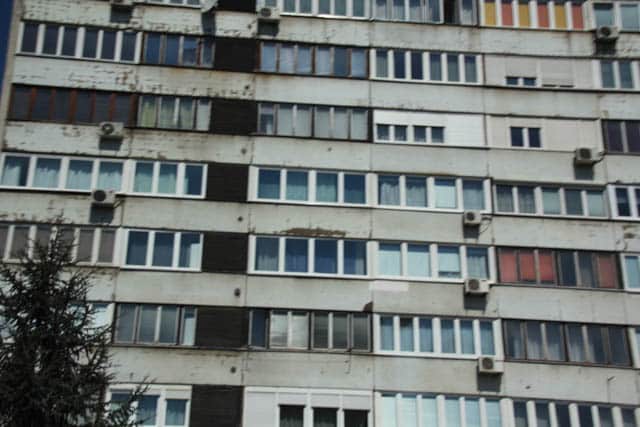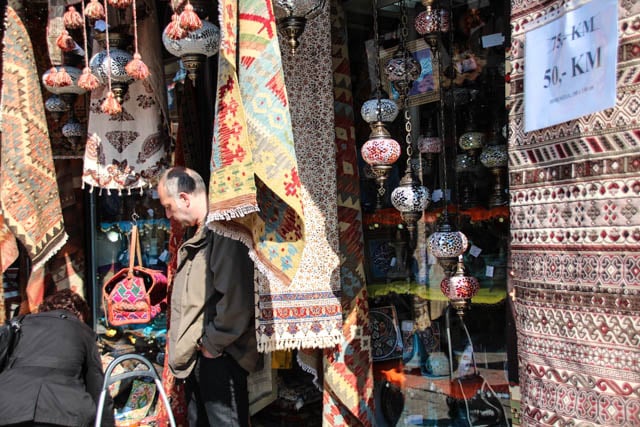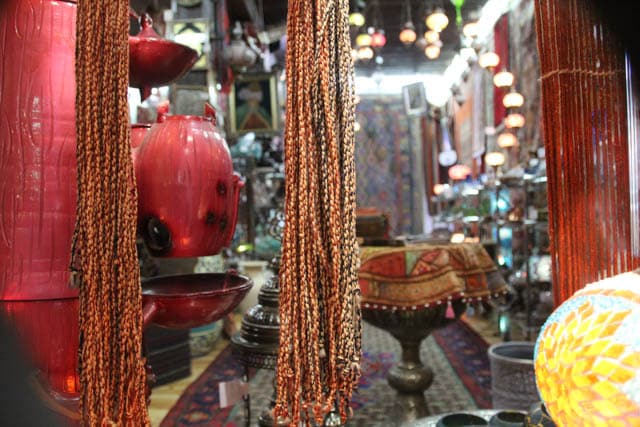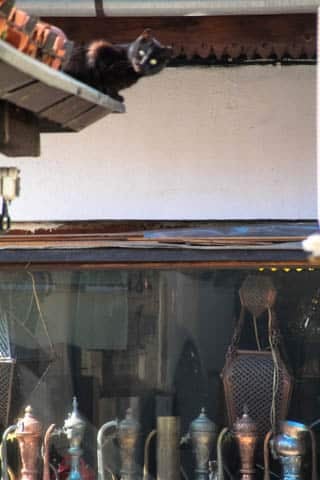
This is the first installment in a six-part series following JohnnyJet.com writer Cynthia Cunniff through her experience of touring Bosnia-Herzegovina & Croatia with Insight Vacations. Head back to the series home page for the full experience or jump straight specific parts below:
Sarajevo, capital of Bosnia-Herzegovina, sits surrounded by mountains and upon entering the roads that lead to its center, there is a sense of mixed antiquity that enshrouds your passage. Ancient Ottoman architecture, communist-style buildings that are bland and garish all at once, and noble structures from the Austria-Hungary era flit past, almost too quickly to reveal most are scarred by bullet and mortar holes. Many commanding hands have been laid upon Sarajevo and all left their mark; here, east and west combine to create a unique landscape and intermixing of people in daily life, still veiled by the effects of war.

Insight Vacations managed to create a visit to Sarajevo that blended its long and varied history, the beauty of its antiquities, the harsh reality of war, and the warmth of its people. Our accommodations, at Hotel Europe, were located in the center of town with large rooms that had expansive views of old rooftops and hillsides showcasing the bright greens of early spring and dotted with the bristling whites of grave markers.

1. Children’s Memorial Fountain
In Veliki Park, there are walkways, graves, and a sleek memorial fountain made of glass created in 2009 to commemorate the 1,500 children who were killed during the Bosnian War siege of Sarajevo from 1992-1995. The base is comprised of old bullet shell casings that have been melted down and bares the impressions of footprints of the brothers and sisters of the memorialized children.

2. Mortar marks
Our local expert, Dino Lemes, lived through the Bosnian War during the breakup of what was once Yugoslavia. That war is just one of many historical happenings that took place in the city, but only 20 years in the past, it’s a distinct memory for most living there today.

3. Where WWI began
Dino walked us to the infamous spot where World War I was sparked on a street corner near the Miljacka river, which runs through the town. This was where Archduke Franz Ferdinand of Austria, and his wife, Sophie, were shot and killed while traveling in an open car on June 28, 1914. Europe was already wrought with tension, and alliances had been formed throughout to ensure the various empires of their growth. The assassination created havoc throughout and, in turn, started World War I.

4. Veliki Park in bloom
Watching the locals make their way through the cobbled walkways between beautiful buildings and parks in bloom that line the river, it was hard to imagine the city in chaos. Dino pointed out that the trees are fairly young in the parks and throughout the city, and that every piece of wood was used during the Bosnian War and all the grand old trees were chopped down to keep people warm through brutal winters without electricity or gas.

5. Wares at the Bazaar
We were lead through the old part of town, which reflects the city’s Ottoman era. The Ottoman Bazaar, or Baščaršija, is one of those places where you feel like you’re stepping back through time. The market stalls and stores retain a feel of Turkish influence, and after walking past Roman ruins and through streets lined with the stately Austria-Hungary-style architecture, it becomes apparent that over its thousands of years, Sarajevo has become a cultural quilt. The end product is a working collage of cultures that result in something unique and strikingly beautiful.

6. Ottoman jewelry
The market is 500-years-old, and still all business is based in the city center and exists daily as it did all those years ago. The wares are a kitchy mix of repurposed war items: bullet casings made into pens, lamps made out of helmets, mixed in with an array of Turkish carpets, coffee sets and pottery. Stray cats hang from roof perches peering down on the shopkeepers and tourists, waiting for the stray morsel of ćevapi dropped in the scurrying crowd, or the errant rodent to make a run for it.

7. Handmade leather shoes
The market was originally divided into areas of expertise, and the streets are named for the particular type of stores that lined them. In 1531 Ulica Sarači became the leather goods area and to this day the street is known for its leather stores and stalls.

8. Cat at tour’s end
The city walk tour ended at what the locals call a Sarajevo Rose, which is one of many red cement blotches filling in pockets gouged out of the pavement by mortar rounds during the Bosnian War. When lives were taken by a mortar strike, the gouges were filled with red cement as a commemoration to those that died from it.

9. Turkish coffee
Coffee is a way of life in Sarajevo, and is the primary way to socialize—as many people in the city don’t drink due to religious beliefs. Get to know what’s on offer and ask about the different types before ordering. The Turkish coffee in particular will blow your socks off if you’re not used to the heavy-duty stuff. And whatever you do, don’t swig it down or you’ll end up with a mouthful of coffee grounds. Drinking coffee is an art form and the locals, most of whom speak English, are more than happy to help you find your perfect cup.

10. Tunnel of Hope
If you want to get a gist of what was required to keep Sarajevo alive during the siege, a trip to The Tunnel of Hope needs to be on your visit list. A privately owned house along the backside of the airport hid the northern entrance to the only way out of Sarajevo during the Bosnian War. Along with a short walk through the tunnel itself, there are remnants from the war and a 20-minute video depicting the crisis.
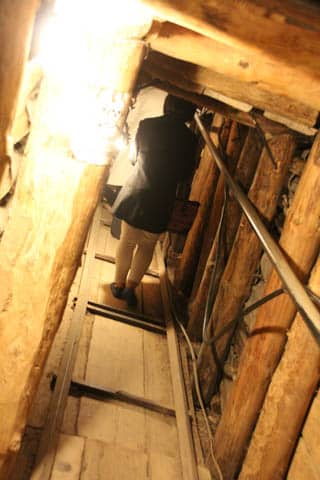
11. Inside the Tunnel of Hope
Started at two ends and meeting in the middle, construction of the Tunnel of Hope began in May 1992 and was finished in November 1995 to deliver humanitarian aid and other supplies to the war-torn city. The tunnel was primarily dug under the airport runway and led to the only break in the surrounding mountains not controlled by the Bosnian Serbs. It was constructed from whatever scraps were on hand, like old car parts, reclaimed wood and scavenged metal. The 800 meters of tunnel were built with the rudimentary tools of picks, shovels, and wheelbarrows and eventually also had piping that delivered oil and cable for telephone and electrical lines.













